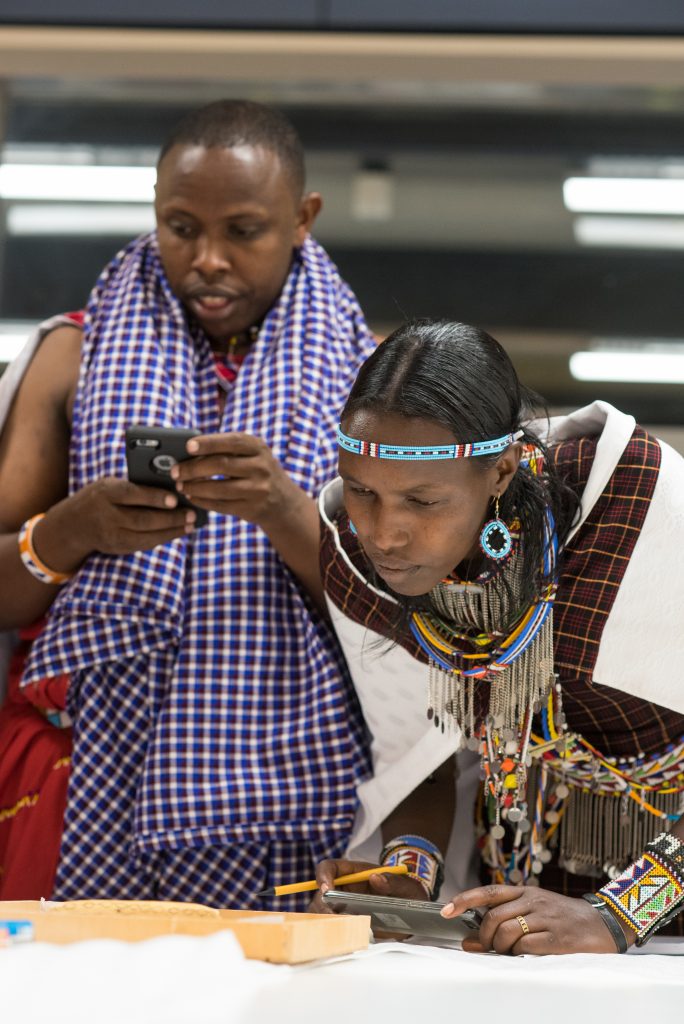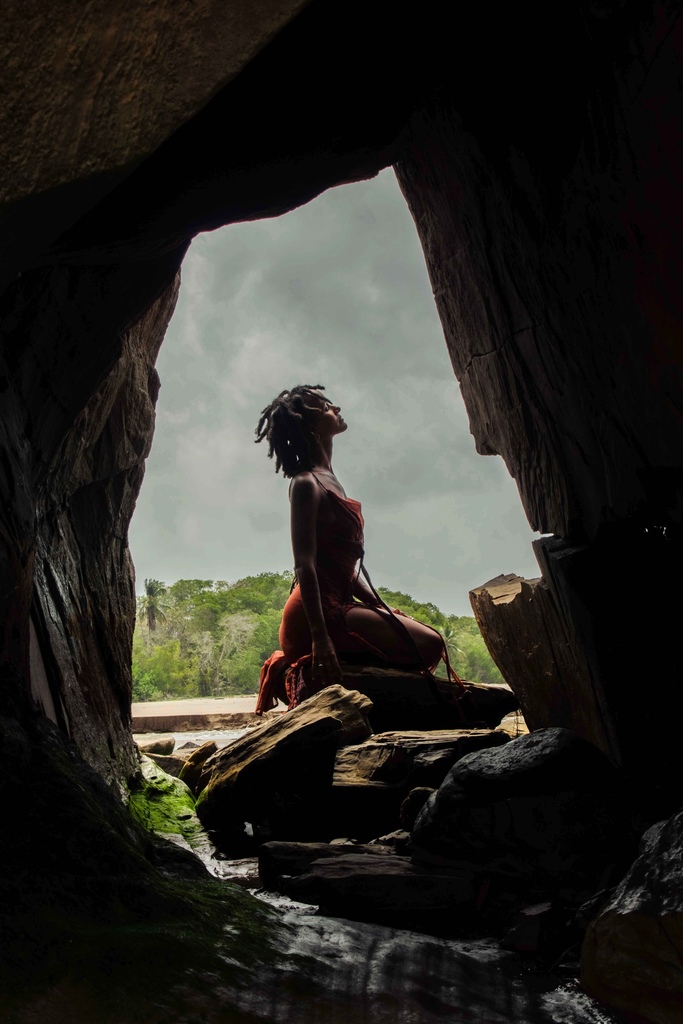Developing your strategy, part one

sacred Maasai objects © Pitt Rivers Museum, University of Oxford, John Cairns
Investing time in setting a communications strategy means that you have the space to test your messaging and language internally before going live. If your organisation has a comms team, get them involved early. It will vastly improve the performance of your launch.
Setting objectives
Setting clear and achievable objectives is a crucial part of developing the communications strategy for your decolonisation practice. Knowing what’s possible and getting internal buy-in helps pave the way for smoother internal communications and simpler decision making.
Some projects may have clear objectives that translate into actionable communications plans from the start. For example:
- Improving understanding of our collections’ origins
- Increasing meaningful engagement with communities
- Raising awareness of a repatriation effort
However, if your objectives aren’t immediately clear, reflect on the following questions:
- Where does this project fit within our larger organisational strategy?
- Who is this project for?
- How does this communications plan contribute to long-term storytelling about the institution?
- What metrics mean something to your institution? How can you build those into your objectives to enable future buy in?
- How do we want our audiences to act/feel after engaging with the project?
These objectives will serve as a foundation for the rest of your communications work so make sure they inspire and/or challenge your team. They should feel specific, but not restrictive.

Case study: What to do about Thomas Picton? Amgueddfa Cymru – Museum Wales
Amgueddfa Cymru and the Sub-Sahara Advisory Panel (SSAP) Youth Leadership Network have been working on a project to reframe the colonial narrative around the portrait of Lieutenant-General Thomas
Picton.Picton is a controversial figure previously hailed as a public hero, but who is today equally notorious for his cruel treatment of Black enslaved people and free people, and for sanctioning torture during his governance of Trinidad.
The project was initiated as a workshop and discussion between some of the young people as part of Hands on Heritage, a youth engagement programme funded by National Lottery Heritage Fund.
It was agreed to remove the painting and to commission two artists, Gesiye and LakuNeg, to create artworks in response. These will be displayed at National Museum Cardiff from August 2022.
The work has been added to the museum website and a press release issued.
Comms did result in challenges due to adverse responses, for example, comments beneath a blog about the initial discussion. This was especially prevalent on Twitter, which meant staff were required to moderate the more extremist messages and formulate set responses.
Dealing with these issues did have some positive outcomes. It was decided to undertake staff training on unacceptable behaviour, and safeguarding and wellbeing support was provided for the young people.
The museum’s social media policy was updated, and an organisational decision was made to stand by the re-interpretation of the portrait. The museum equally experienced a lot of support for the position it took, and the young people and communities involved appreciated the strong stance taken.
The work around Picton is part of a much larger initiative of decolonising collections at Amgueddfa Cymru – National Museum Wales which has produced a Charter to support this work. This is a useful tool in dealing with questions about why the museum might undertake such work going forward.